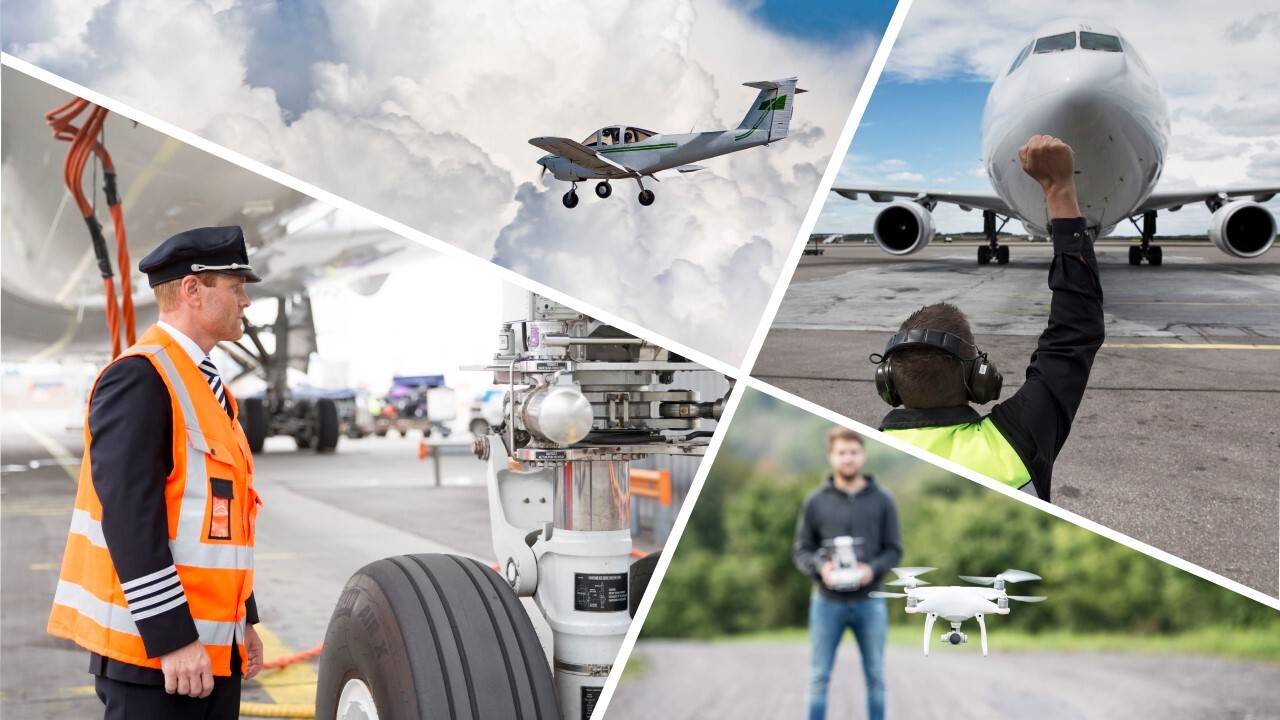Safety culture – basis for building safe operations

This page contains information of the concept of safety culture and its significance to everyday aviation activities in aviation organisations and communities, as well as practical information about reinforcing the elements of safety culture and maintaining a good safety culture.